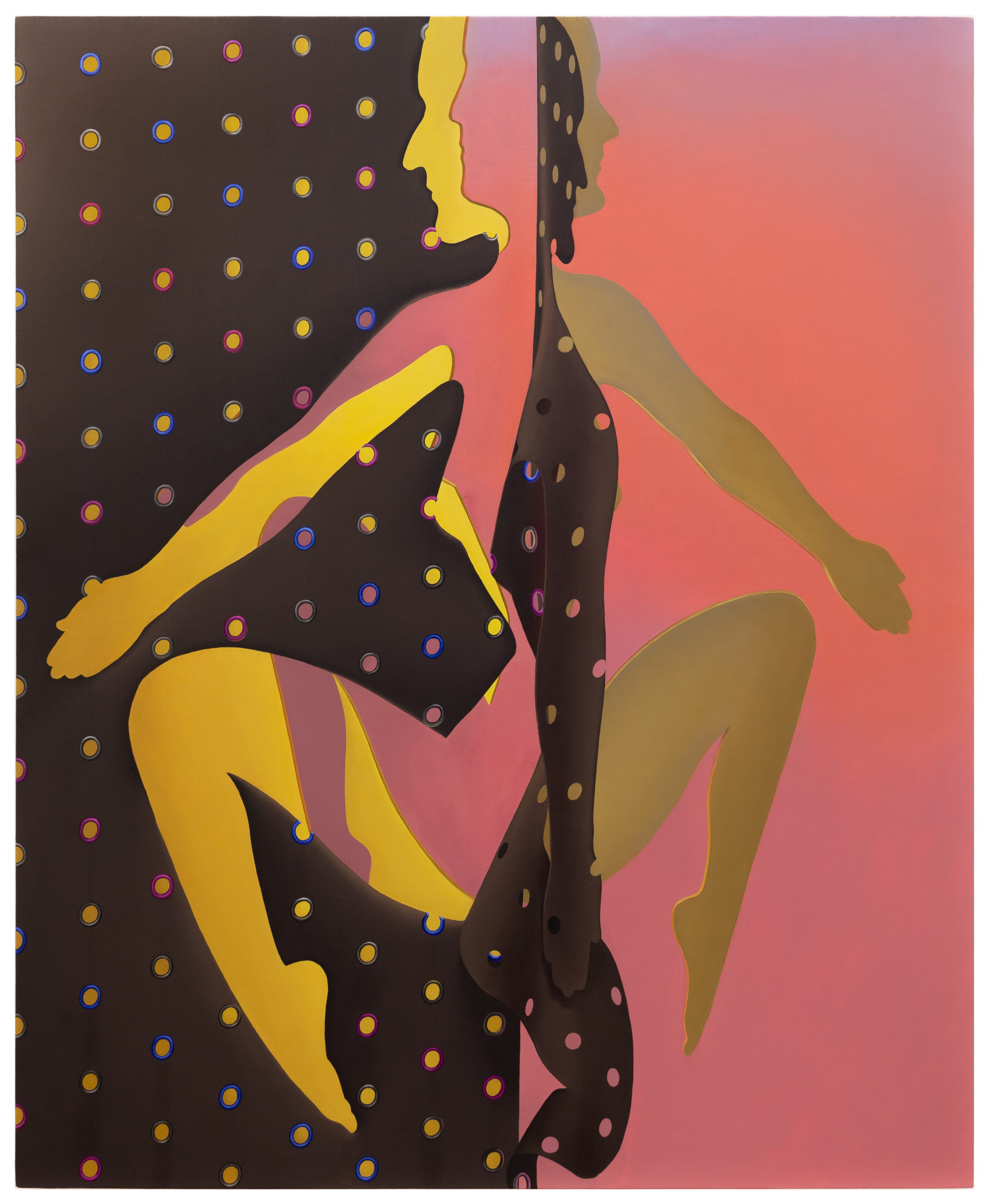
Painting: Sascha Braunig
The female form is morphed, scaled-up and distorted in the work of Canadian artist Sascha Braunig. Dismembered silhouettes are animated with herringbone, stripes and polka-dot patterns, or else flattened with a graphic, digital-infused visual language. Optical illusions abound, with more than a few nods to the surrealists and their biomorphic forms. Braunig is currently featured in a group show (until 10 February) at The Approach gallery in London, titled Shape Shifters, where the slipperiness of subjectivity, identity and visibility is unpicked. (Louise Benson)
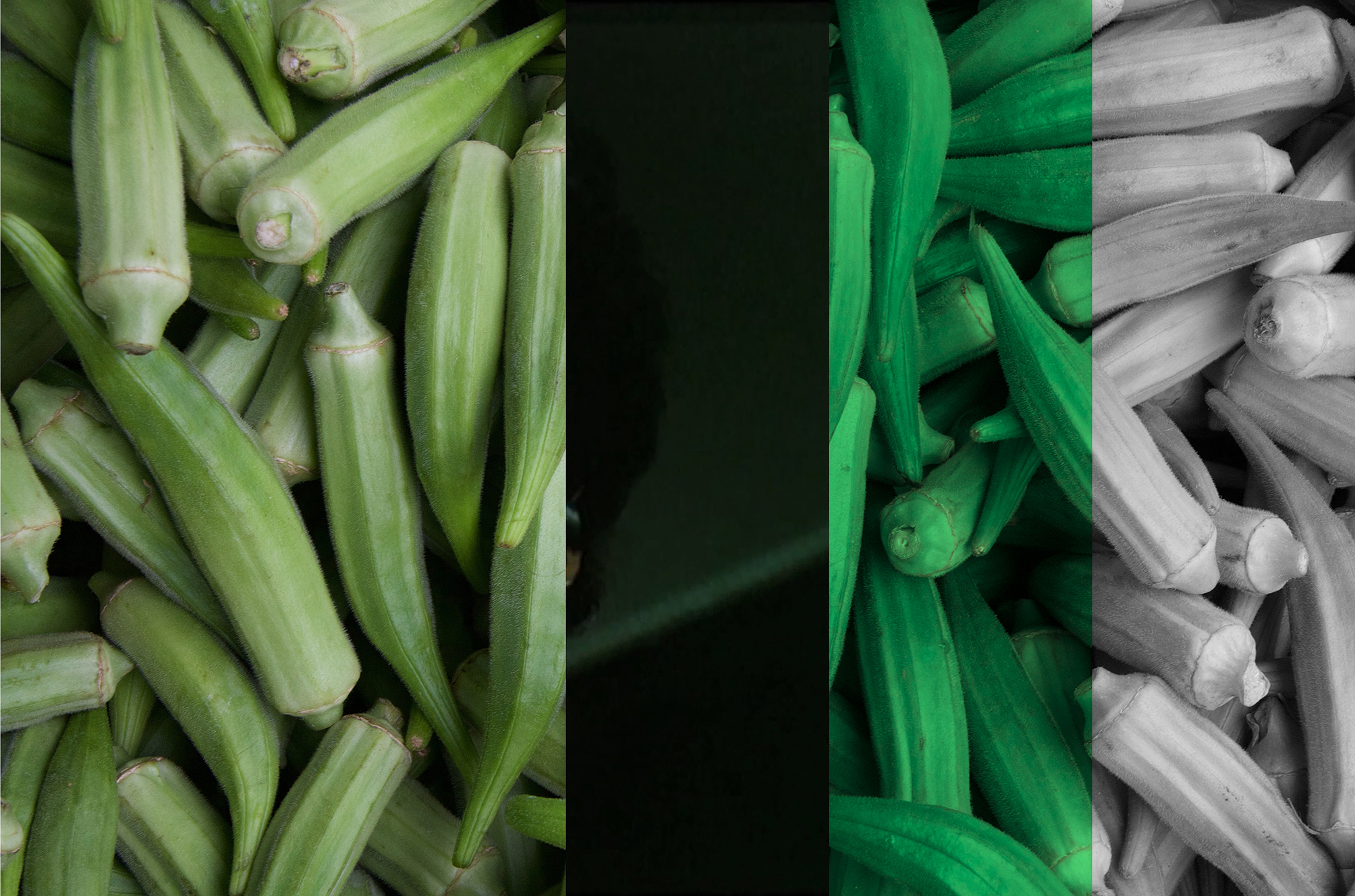
Installation/performance: Appau Junior Boakye-Yiadom
Appau Jnr Boakye-Yiadom uses moving image, found objects, sculpture, photography, sound and archival material to create compelling installation pieces that are described as “hybrid performances”. At the heart of the artist’s work is an ongoing exploration of what it means to create a physical sensory response in his viewers, forming new interpretations of what we mean by “performance” in art. Boakye-Yiadom is currently showing a new work at the Jerwood Space in London, which takes the form of a moving image-based installation in which a dismantled drum kit nestles alongside a “carefully calibrated environment of colour”, referencing the palette in Hieronymus Bosch’s The Garden of Earthly Delights. (Emily Gosling)

Painting: Kudzanai-Violet Hwami
Kudzanai-Violet Hwami’s vibrant and tender oil and mixed media paintings explore issues of gender, queer identity and the black body, as well as bearing influences of everything from Afrobeat to Jungian philosophy. She often paints herself, friends and family; the intimate (at times defiant) poses they strike can appear politically loaded, but can just as often offer tongue-in-cheek humour. The artist draws on her Zimbabwean and South African childhood as much as her present-day life in London, and the fractured worlds that her subjects inhabit point to the language of the diaspora. Hwami presents her first institutional solo show at Gasworks in London, this September. (Holly Black)
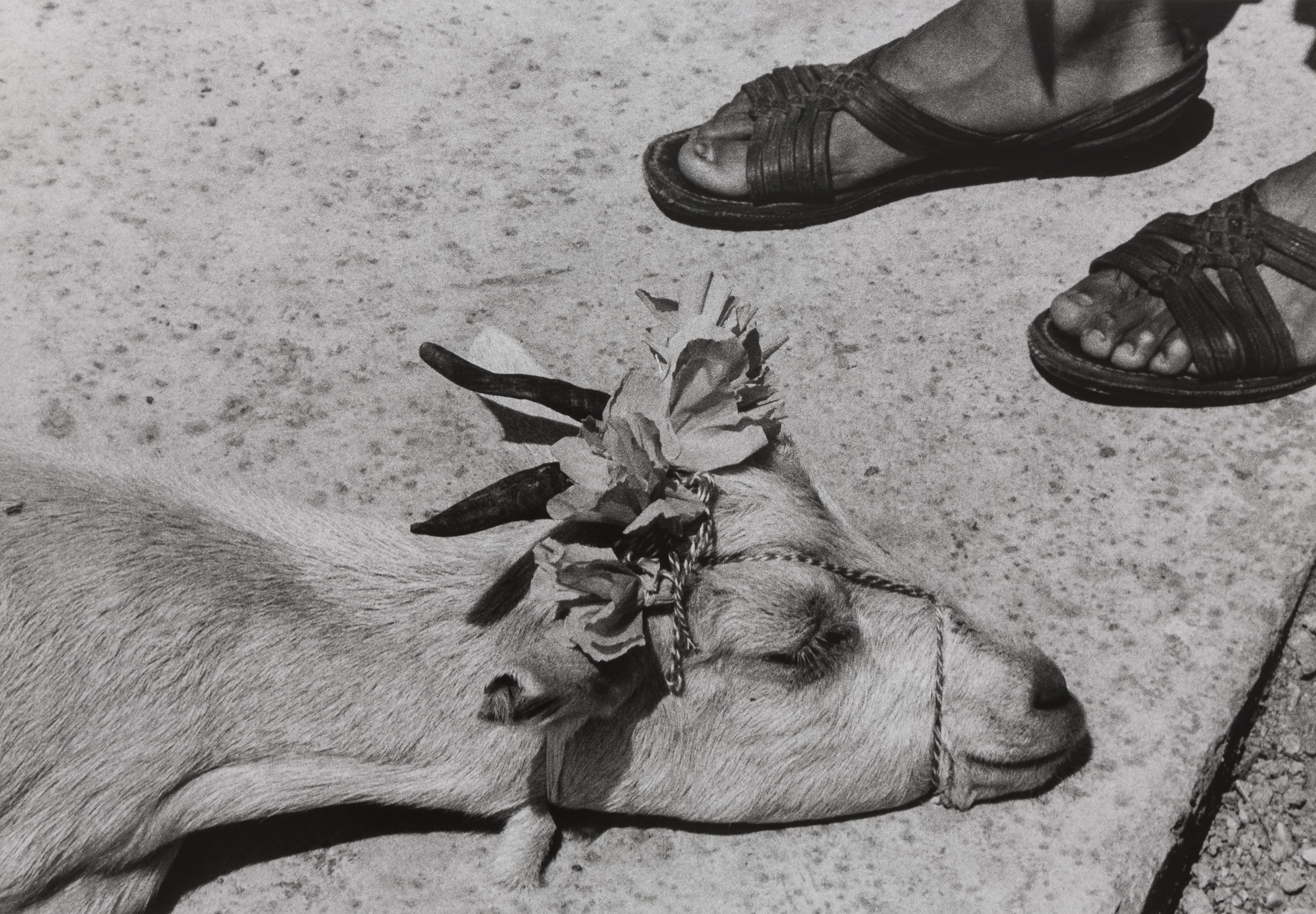
Photography: Graciela Iturbide
Graciela Iturbide takes some of the most arresting photographs of Mexico out there. It’s not only what’s in the frame, but what is happening outside it; a cinematic suggestiveness. She has photographed other countries, but her odes to Mexico feel her most iconic for a reason: she shoots with the knowledge of an outsider-insider who has travelled her country’s deserts, mountains and jungles with her camera: discovering it, getting to know it better and finding in it endless inspiration, confronting and subverting stereotypes—from luchadores to Frida Kahlo—all at once. Her work is the subject of a major survey show at the MFA Boston, accompanied by the release of a new book, both focused on her photographs of Mexico from the 1970s onwards. (Charlotte Jansen)
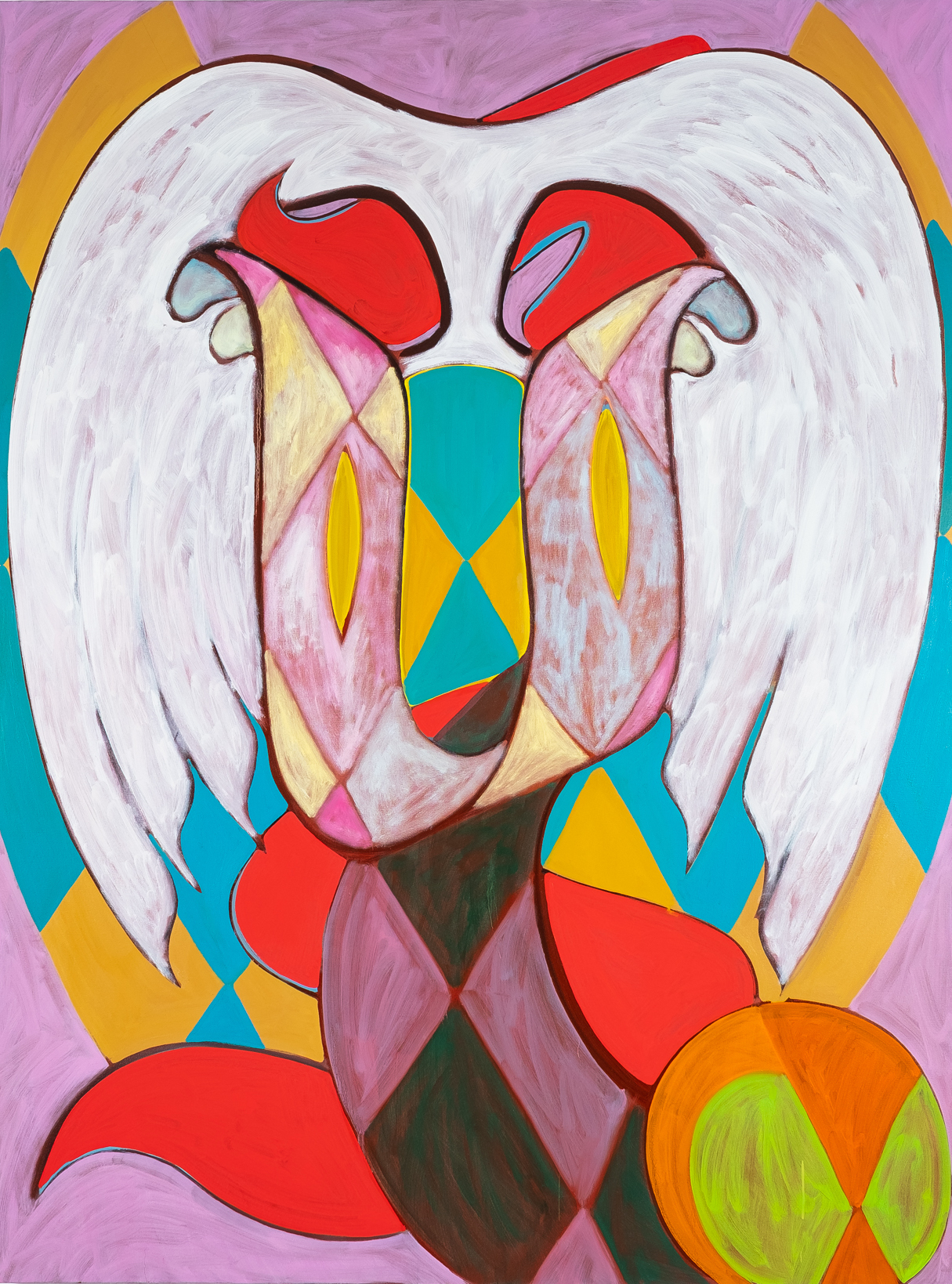
Painting: Anna Liber Lewis
Now is Anna Liber Lewis’s time to shine as her new exhibition, Muscle Memory at Elephant West, continues this month. She first came on our radar when she won the Griffin Art Prize (now the Elephant x Griffin Art Prize) in 2017. Her vibrant, energetic and often suggestive works are currently paired with new music tracks by Kieran Hebden, aka Four Tet, at our London project space, where guests have enjoyed lying down on large cushions to get lost in her colourful, transportive surfaces. Keep watching this British painter—she’s on the rise. (Emily Steer)
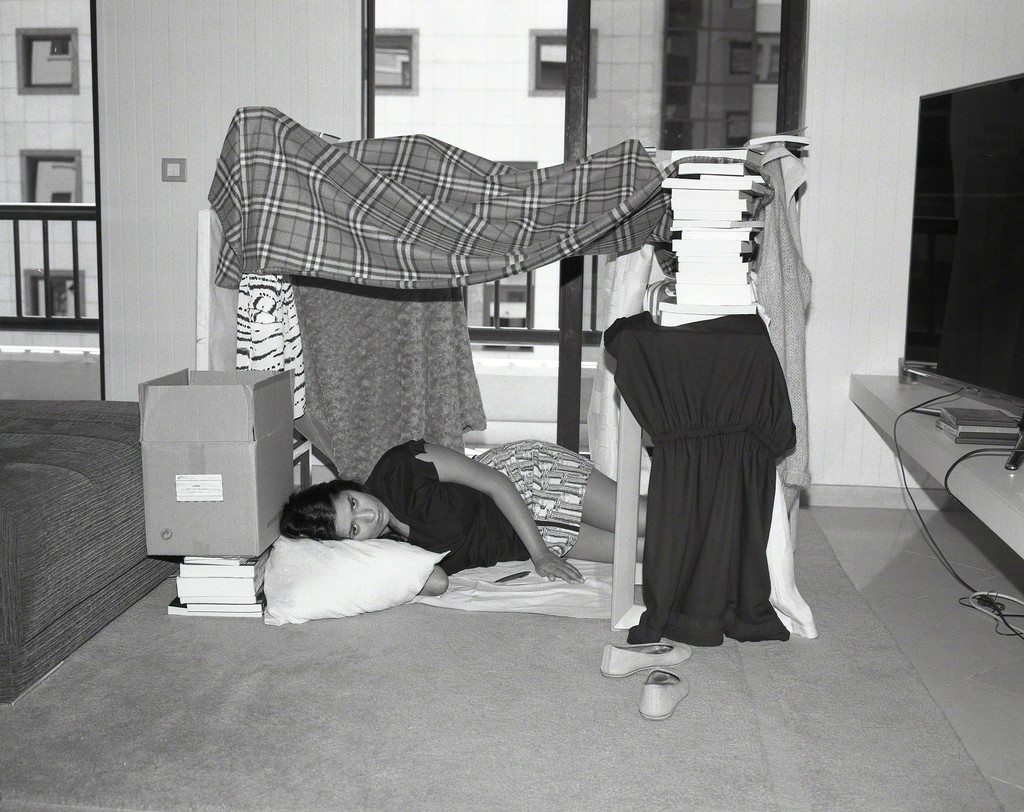
Photography: Joanna Piotrowska
Polish photographer Joanna Piotrowska is having quite a year. She was recently announced as the winner of the Lewis Baltz Research Fund, awarded to develop her series on the body language of self-defence techniques. It is a body of work that she has been working on since 2015, exploring gestures of aggression and protection. Self-protection is a theme that she has delved into elsewhere too, asking people to recreate childhood forts and build makeshift shelters in their homes and gardens for a series of photographs titled Shelter. Both series will be exhibited at the Tate Britain this March, as part their Art Now programme, while Piotrowska will take over the Kunsthalle Basel with a solo show this autumn. (Louise Benson)
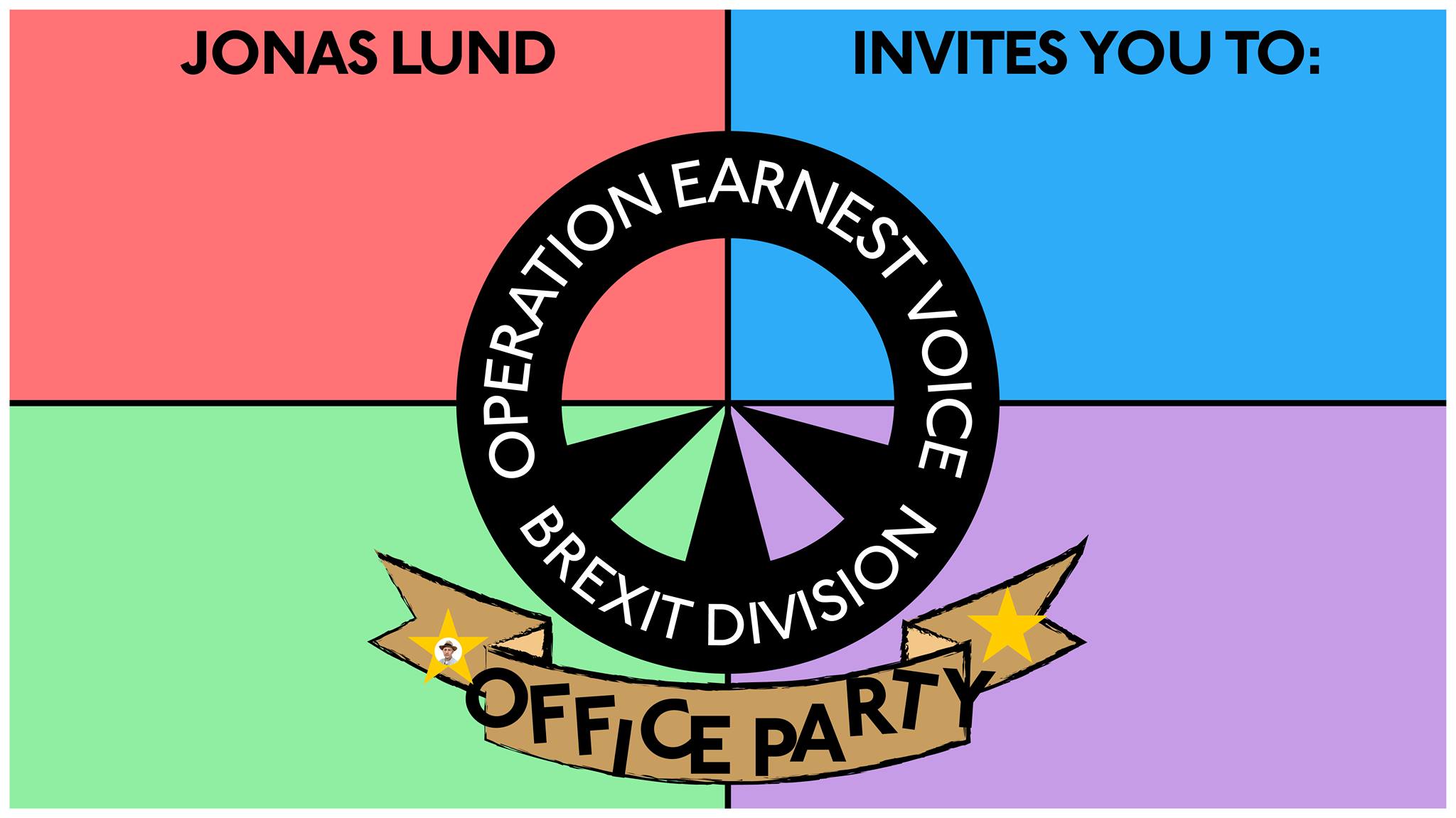
Installation/performance: Jonas Lund
Swedish artist Jonas Lund’s latest project took on a bold and ambitious aim: to reverse Brexit. Lund created the Operation Earnest Voice installation and three-day performance-based piece at the Photographer’s Gallery in London, which took the form of a “propaganda office” tasked with designing a campaign to halt the UK’s departure from the EU. Lund recruited twelve people working across copywriting, meme making, programming and social media strategy. He invited them to work in his “office,” which was open for public viewing. The piece is typical of much of Lund’s work, which explores the dynamics of modern day tools, such as social media and cryptocurrency and web platforms, and interpolates them into art projects that range from the serious and political to the delightfully absurd. (Emily Gosling)
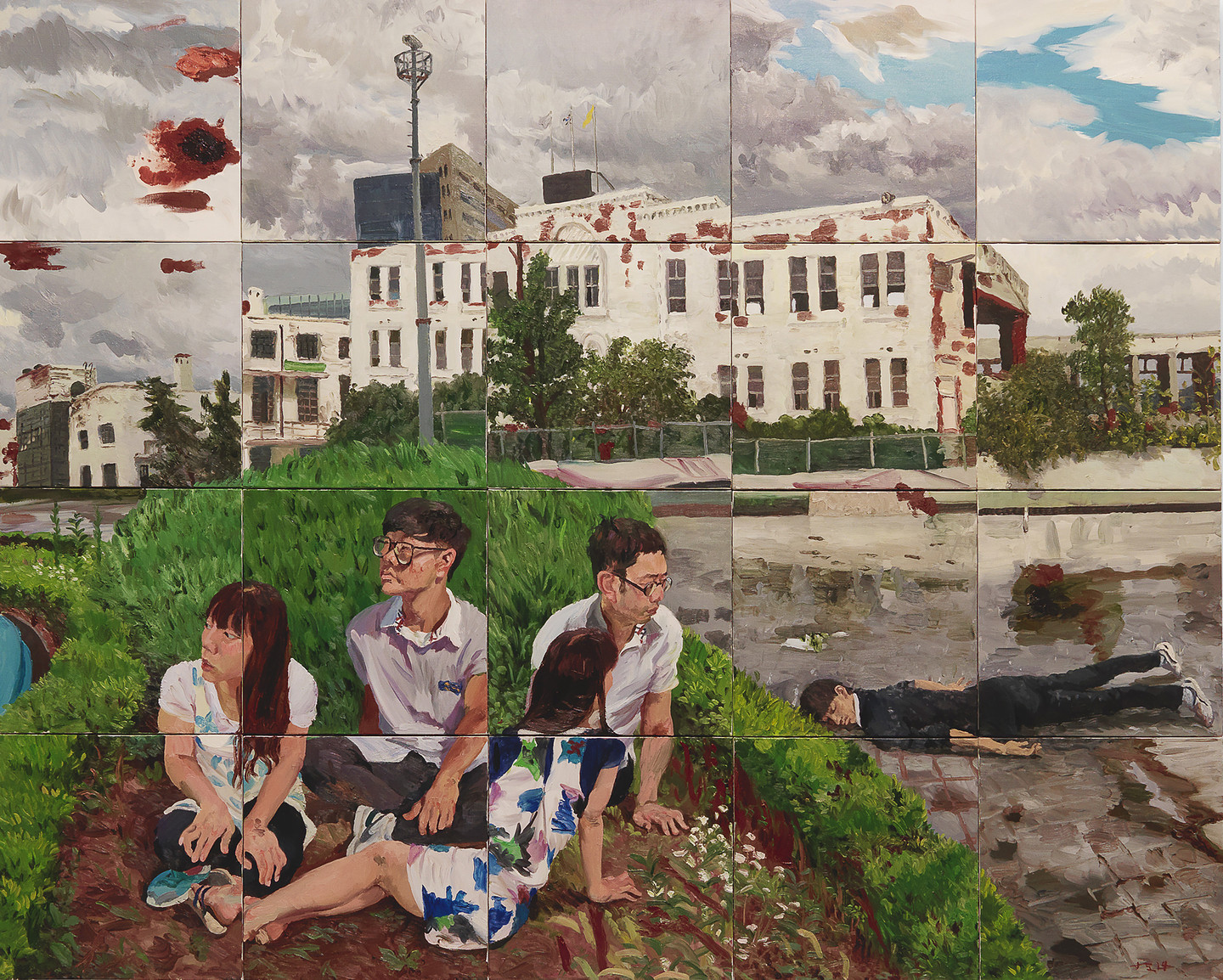
Technology/painting: Liu Xiaodong
Visitors to Frieze London in 2018 will remember meeting one of Xiaodong’s large-scale works: a topless portrait of Berlin-based transgender actress Sasha Maria von Halbach, wearing skin-coloured tights and draped in furry textiles—a portrait worthy of a Hollywood star. Xiaodong was in fact once an actor himself, and his work as a painter has been described as “humanizing”, perhaps a method of identification with his subjects that he learned from his previous art form. He is concerned with the documentation of our times and sociopolitics, and is back with a current solo exhibition at Lisson Gallery (until 2 March). The exhibition displays Xiaodong’s development (with artist and technologist, Fito Segrera) of a robot painting machine, responding to images it was fed by the artist. (Charlotte Jansen)
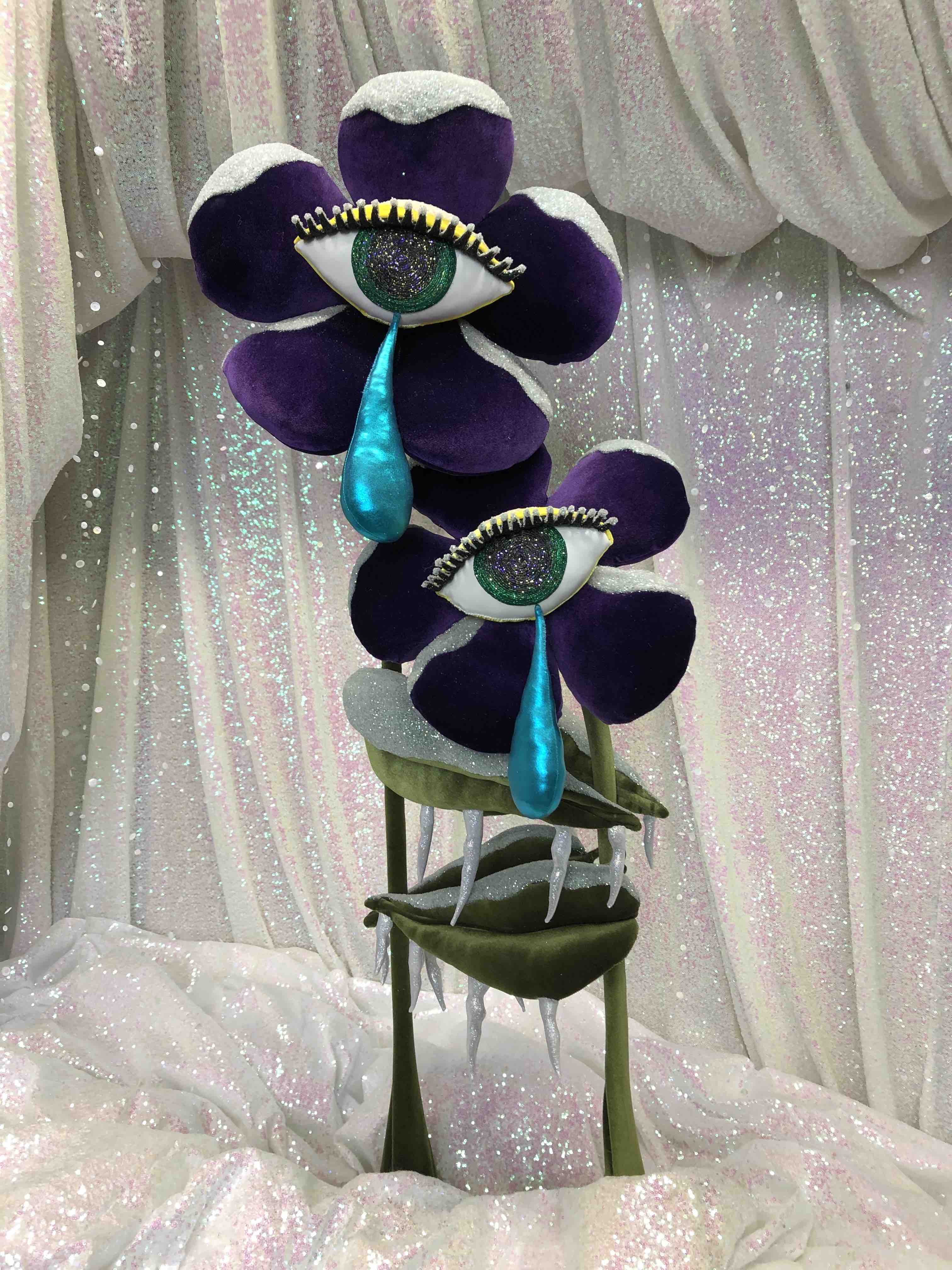
Sculpture/mixed-media: Hein Koh
Brooklyn-based artist Hein Koh creates humanized textile sculptures that look as if they should inhabit either a children’s TV show or an out-of-this-world acid trip. Using motifs of tearful eyeballs and huge lolling tongues, she brings burgers and slices of pizza, foliage and joyful weather symbols to life on an often monumental scale. She fashions these soft, squishy monuments from gaudy metallic fabrics, glitter and other twinkling embellishments that you might usually associate with a DIY craft room, elevating them in a surreal and subversively sexual manner that she has described as a “balance between the beautiful and the grotesque.” She is currently showing her three-dimensional work alongside graphic prints at the Rockerfeller Center in New York (until 15 April). (Holly Black)





